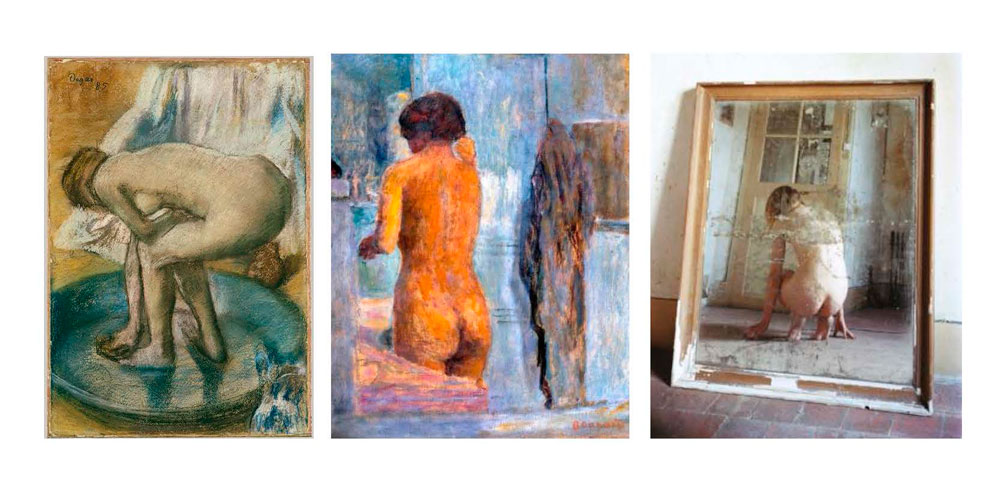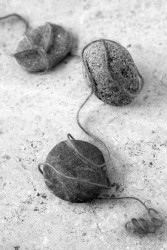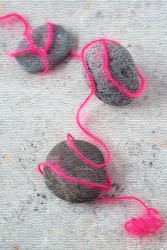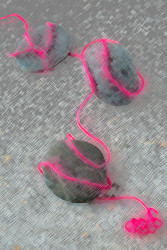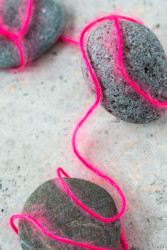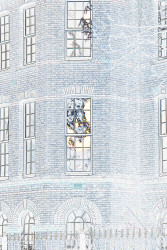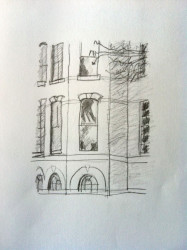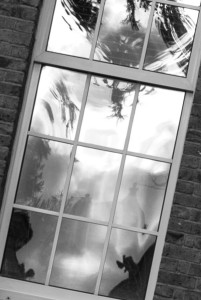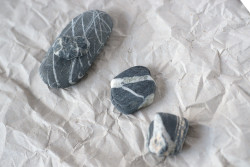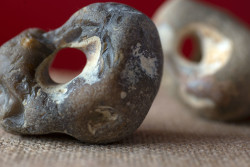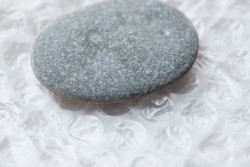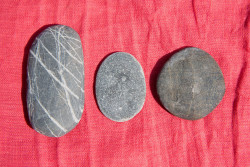Exercise: Review Shafran’s work and consider the following:
• Did it surprise you that Washing Up was taken by a man?
• In your opinion does gender contribute to the creation of an image?
• What does this series achieve by not including people?
• Do you regard them as interesting ‘still life’ compositions?
Nigel Shafran (1964-) lives and works in London and has been widely exhibited nationally and internationally. He trained in New York as a commercial photographer but his own projects are altogether more personal, particular and focused on the everyday. His subject matter draws on aspects of his life that are close to hand and familiar. Washing Up 2000 is an extensive series of 170 images taken in various domestic settings but mainly at his home. They were taken in available light using a medium format camera.
I imagine the thinking behind the question of the photographer’s gender is that the content of Washing Up 2000 is a very domestic subject and therefore more likely to be the product of a female photographer than a male. I can honestly say it was not something I thought about when I saw the images, I was intrigued by what was on the drainers and realised it has been a long time since I had done the washing up like that. In other words I went to what resonated rather than who the photographer was. I was also struck by the quality of the image and how beautiful the lighting was. I am inclined to agree with Phillips that there is little to be gained in trying to determine a particularly ‘female’ or ‘male’ photography.
“There certainly is a clichéd female style of photography. And there’s a clichéd tech dude who has 2,700 cameras and only talks about depth of field,” says Cara Phillips. “But within photography, there are so many people that fit and defy stereotypes, that going there doesn’t get you anywhere. Ultimately I really don’t think that it’s important.” In Mitchell, 2009
That is not to say that there are not a combination of cultural, political and social influences on the nature of the images we take, but my sense is that gender is one part of a wider network of psychosocial elements. It is undoubtedly the case that gender may have an affect on access both to opportunities and subjects/contexts and the way others respond to us as ‘gendered’ photographers.
But pictures aren’t taken in a vacuum. The sex of the photographer matters because subjects react to men and women differently. This doesn’t have anything to do with how the photographer perceives the scene, but it can still have a huge effect on the resulting photograph. Mitchell, 2009
The reaction of others can influence how and if a photographer can gain access and how they behave as subjects in front of the camera but I am not convinced that gender is the sole influence on what a photographer chooses to take, after all there are men and women working in all genres of photography.
In terms of Shafran’s Washing Up 2000 series I think the absence of people allows for a more open reading and potential connection. The inclusion of people in an image can lead to comparison, are these people like me and what do they have to tell me about my own life. This can mean a point of connection or disconnection dependent on your response. In using a still life approach I think the images become more phenomenological, that is they evoke something of the everyday experience that lends itself to interpretation. In conversation with Charlotte Cotton, I think Shafran is speaking of his work as dealing with the phenomena of lived experience and is mindful of not letting too much conscious thought get in the way.
It’s all around us. I think they can be expressions of everything that’s us: how we’ve been brought up, taught or learnt determines how we do things from cutting a load of bread to painting a wall. I think that might strength is in this and if I start questioning it or thinking too much about it, then it’s difficult for me to find my way back to what inspired me.
Nigel Shafran
I find myself remembering my grandparent’s sink and noticing how unlike my own washing up routine (thanks to a dishwasher) this is. I also find myself wondering about the people who have participated in the meals. This is left to my imagination and a phenomenological reading of everyday lived experience. This interpretation would have changed (I can’t say if this would have been and improvement or not because they would have been a different set of photographs) with the presence of people in the images.
An instant photograph can only acquire meaning insofar as the viewer can read into it a duration extending beyond itself. When we find a photograph meaningful, we are lending it a past and a future. Berger & Mohr, 1982: 89
As a result of the above ‘reading’ of the photographs I do find them interesting compositions. They give me a wide scope for interpretation and each time I look at them I see something different. There is something beautiful and almost sculptural in their ‘everydayness.’ This is not a subject matter I might have considered yet it is something recognisable and personal, exposing a small detail of everyday life that others seldom see. It sits clearly within a still life genre.
As in traditional still life painting, in which specific objects such as the hour-glass and human skulls were introduced to symbolise mortality and the brevity of life, here the recurrence and disappearance of certain motifs and changing atmospheric conditions within the series suggest the passage of time and the contingencies of daily life. Brett Rogers review of Washing Up 2000
References
Berger, J., & Mohr, J. (1982). Another way of telling. London: Writers and Readers Publishing Cooperative Society.
http://ilab.usc.edu/publications/doc/Mitchell09pp.pdf
http://nigelshafran.com/brett-rogers-reality-check/
http://nigelshafran.com/interview-with-charlotte-cotton-edited-photographs/





